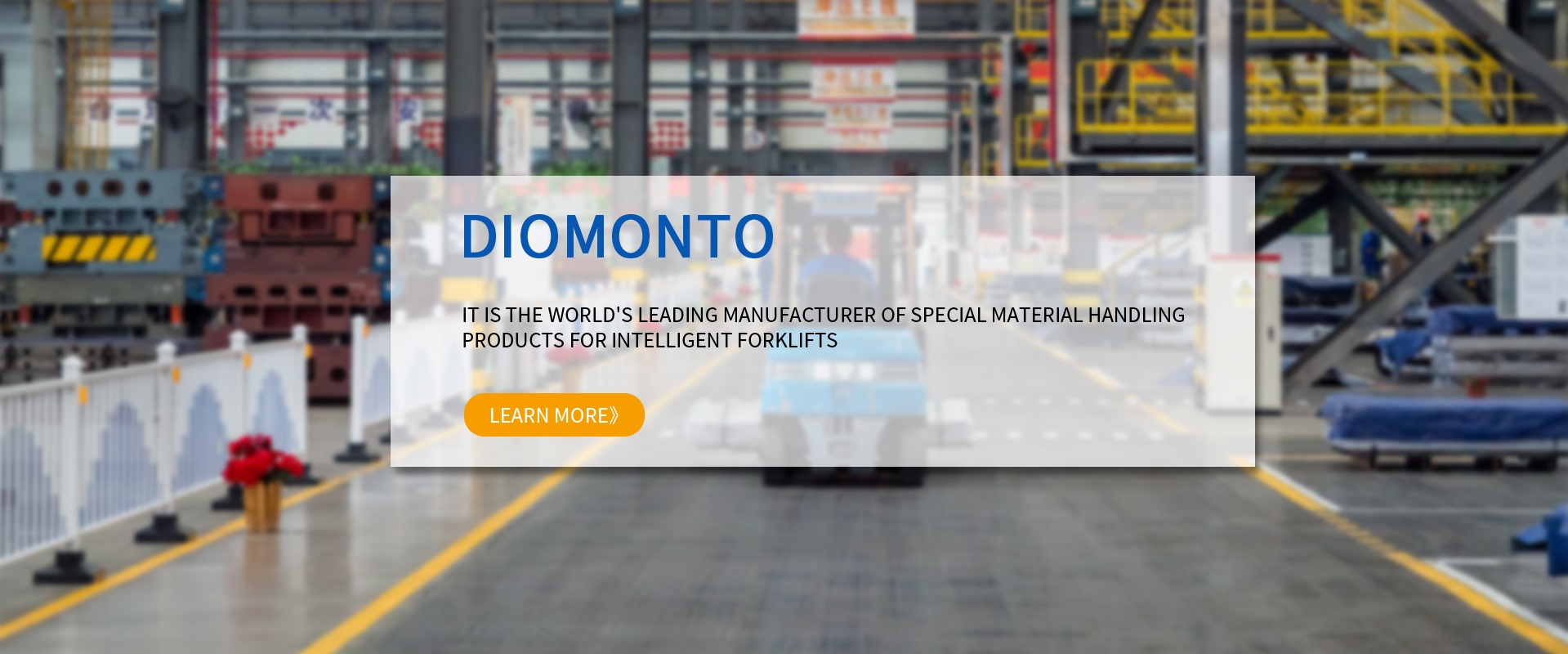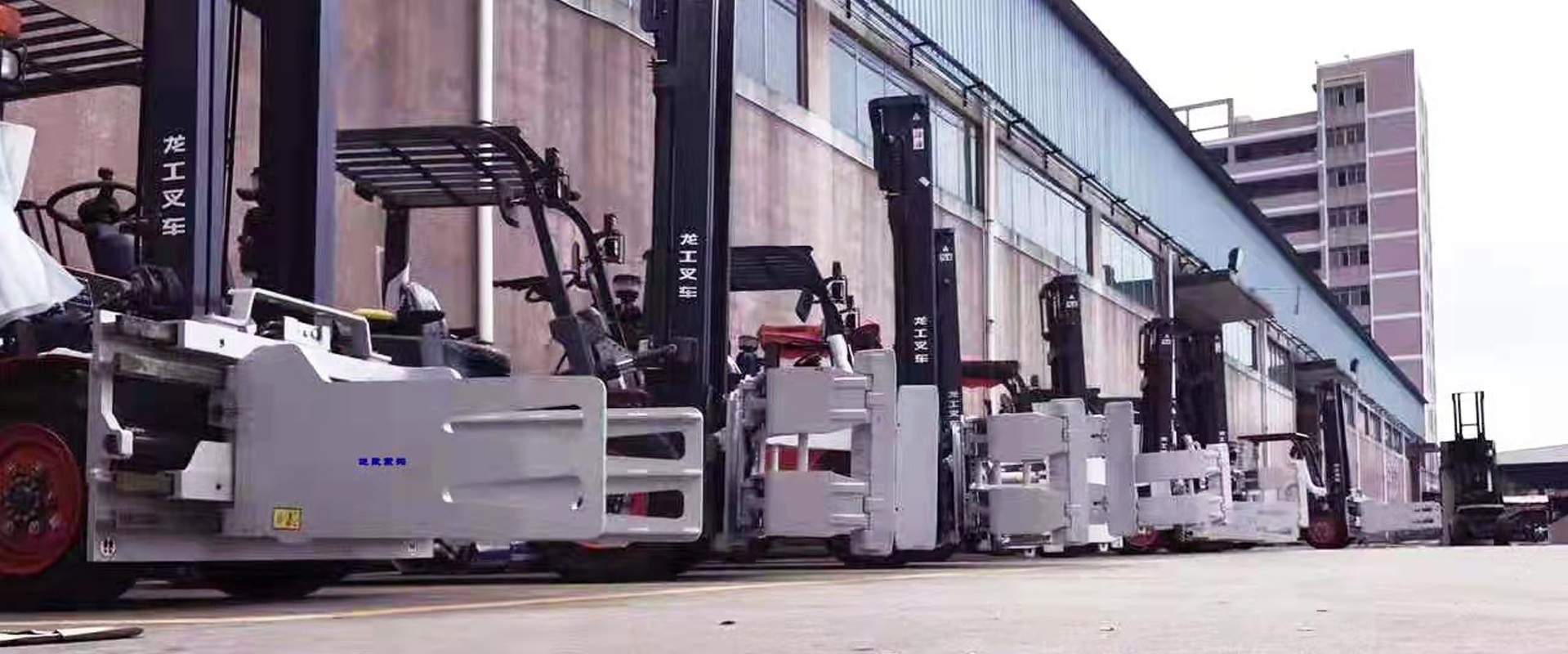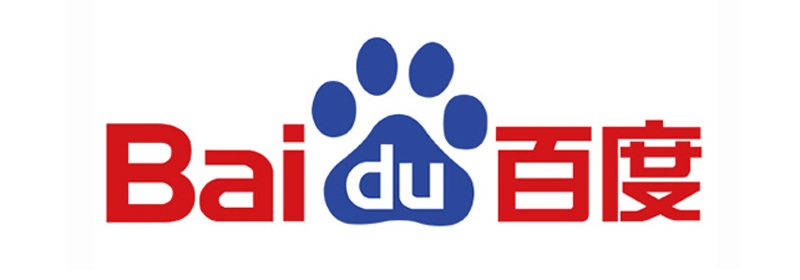There are many types of forklift attachments, some of which may not be used often. If you are interested, let Dio Mengtuo forklift give you some popular science!
Forklift attachments, often referred to as "attachments" for simplicity, include the most common forks, which are the most basic working attachments in forklifts, in addition to side shifting devices, sanitation attachments, Clamps, spinners, barrel clamps, string rods, hooks, buckets, booms, oil drum tongs, buckets, etc. are divided into common, simple and complex types of attachments.
So what is the utility of forklift attachments?
Multi-purpose machine
In general, forklift attachments are often used in the operation stage of forklifts. Applying the required forklift attachments can directly change and strengthen the basic performance of the forklift, and to a certain extent achieve the utility of the attachment as the core. Therefore, the operator can use a forklift, and then apply the forklift attachment (replacement equipment) to achieve the purpose of one machine for multiple purposes.
low operating cost
In the same forklift operation cycle process, with or without forklift attachments is directly related to the basic loss, energy consumption, and time expenditure of the forklift body. In the same project, these losses are included in the operating cost. Among them, it can be seen that the use of forklift attachments for matching operations can directly reduce operating costs.
Improve work efficiency
The completion efficiency of a project depends on the work efficiency of the core operation of the project, which is dominated by forklifts. In the same project, with the same amount of work, the time required to use the forklift attachment is significantly less than that without it, which also shows that after the forklift attachment is applied, the working efficiency of the forklift has become significantly higher.
Enhanced security protection
While the forklift is in operation, the forklift attachment can also be used as the basic support element in the operation stage of the forklift, which protects the normal use of the entire operating system, thereby reducing the occurrence of accidents.













